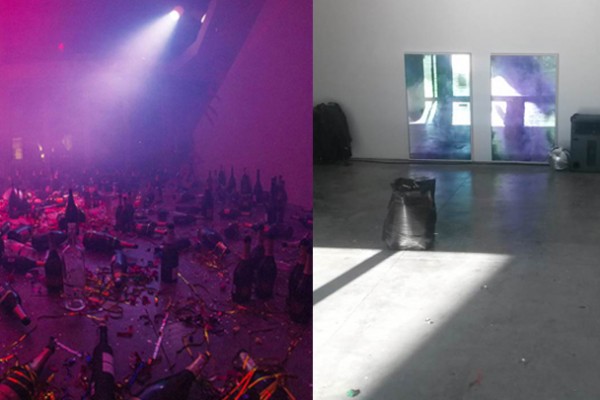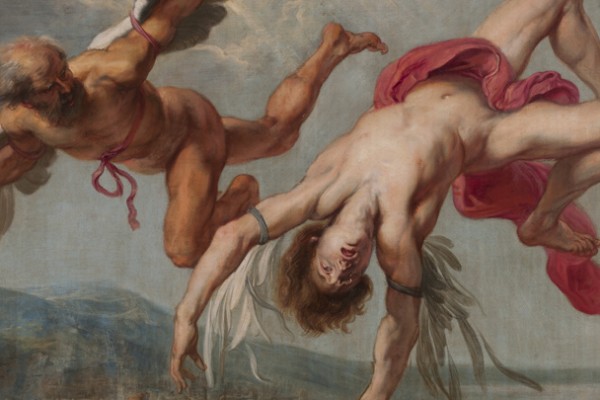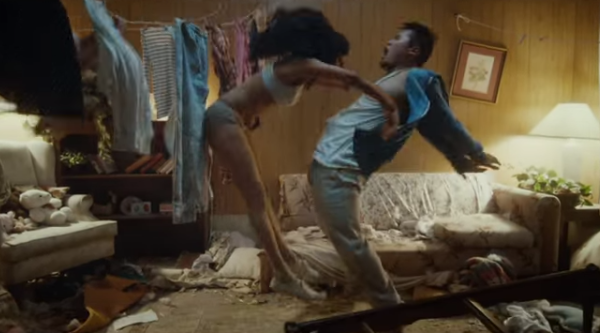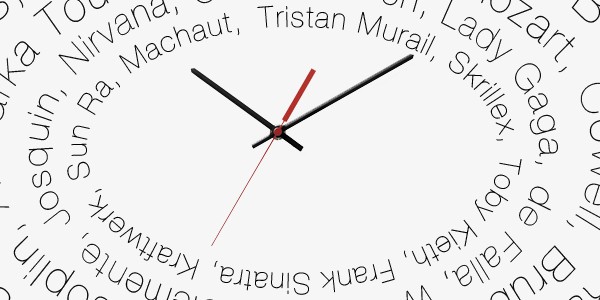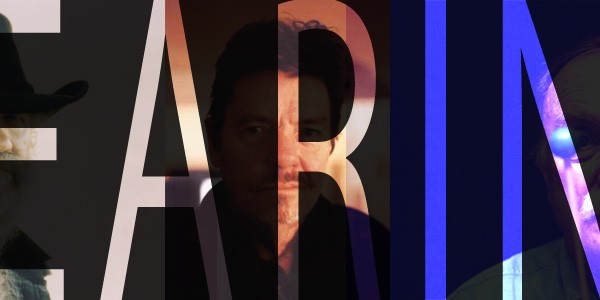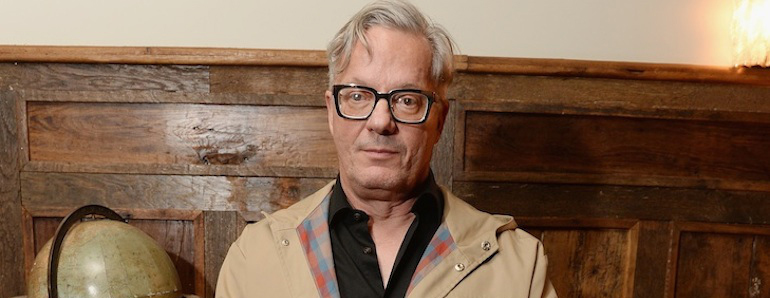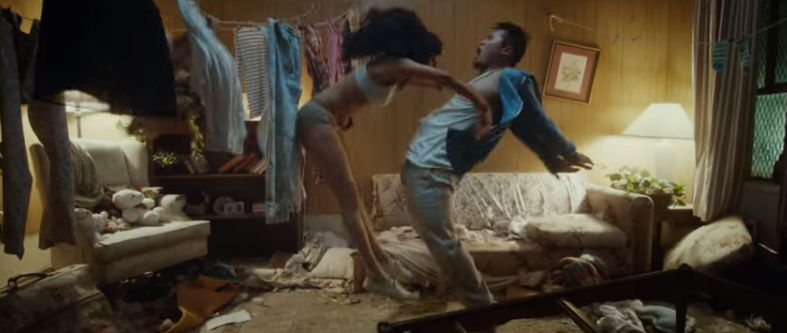A jury found that Pharrell Williams’ and Robin Thicke’s “Blurred Lines” too closely resembles Marvin Gaye’s “Got to Give it Up” from 1977. Determining copyright infringement has always been more art than science; on some level it’s an exercise in pure metaphysics when we try to figure out what a subjective representation is. Relying on a notated score, or the script for how the music unfolds, makes sense because we can simply note-match (more of a science). But in the “Blurred Lines” case, when note-matching doesn’t reveal evidence of direct copy, a hack job, and the jury verdict nevertheless rules that Marvin Gaye was ripped off, we’re left scratching our heads. There is not only a legal context surrounding such a case, but an artistic and socio-cultural context as well. In the interest of unwrapping the significance of the verdict, a quick historical survey of modern aesthetics and the blurring of art and life might help us to establish such context.
Continue reading →

